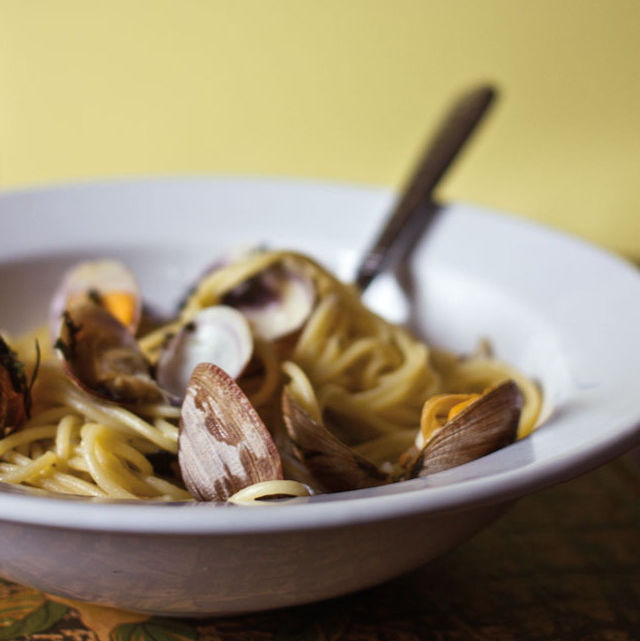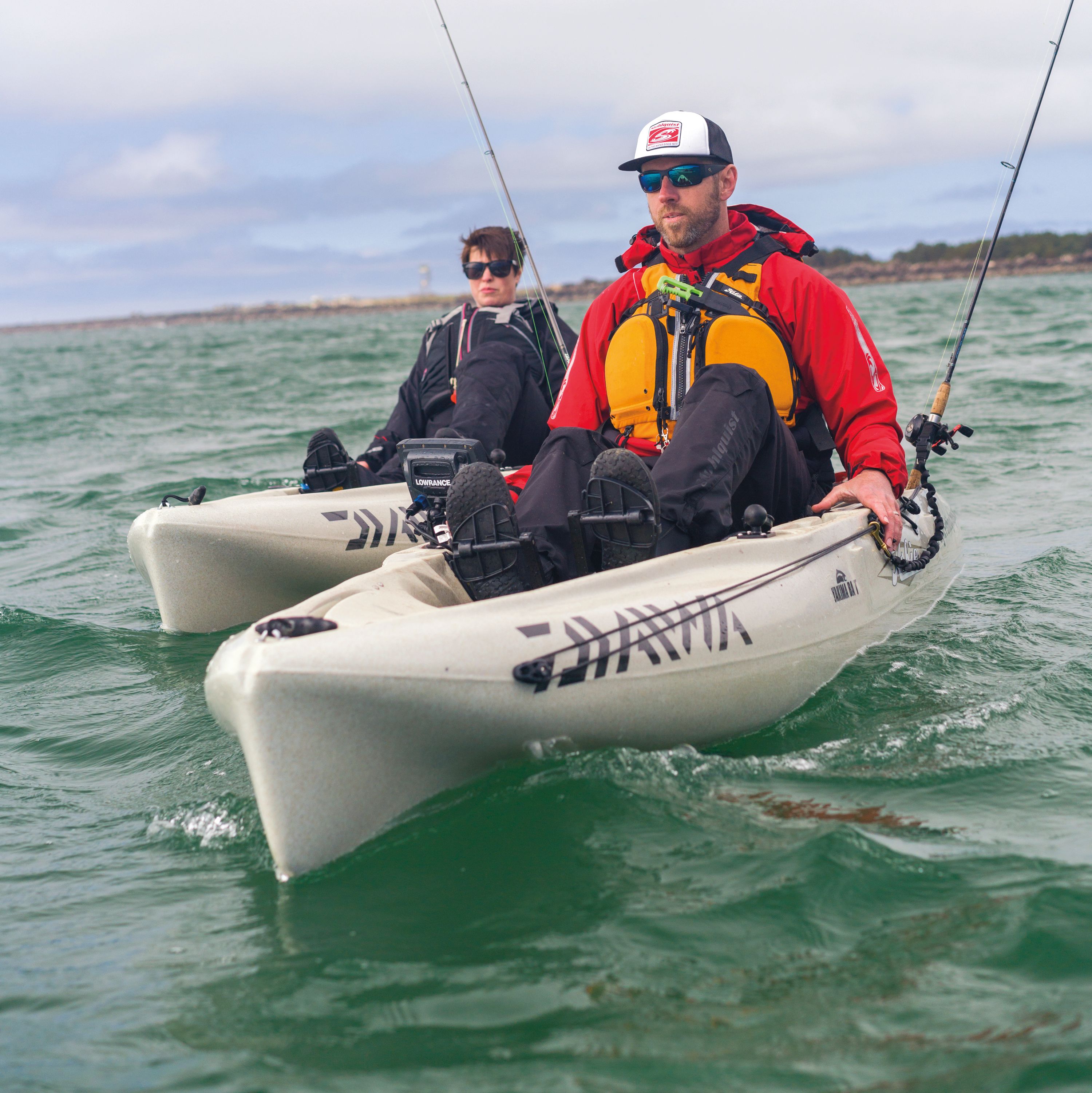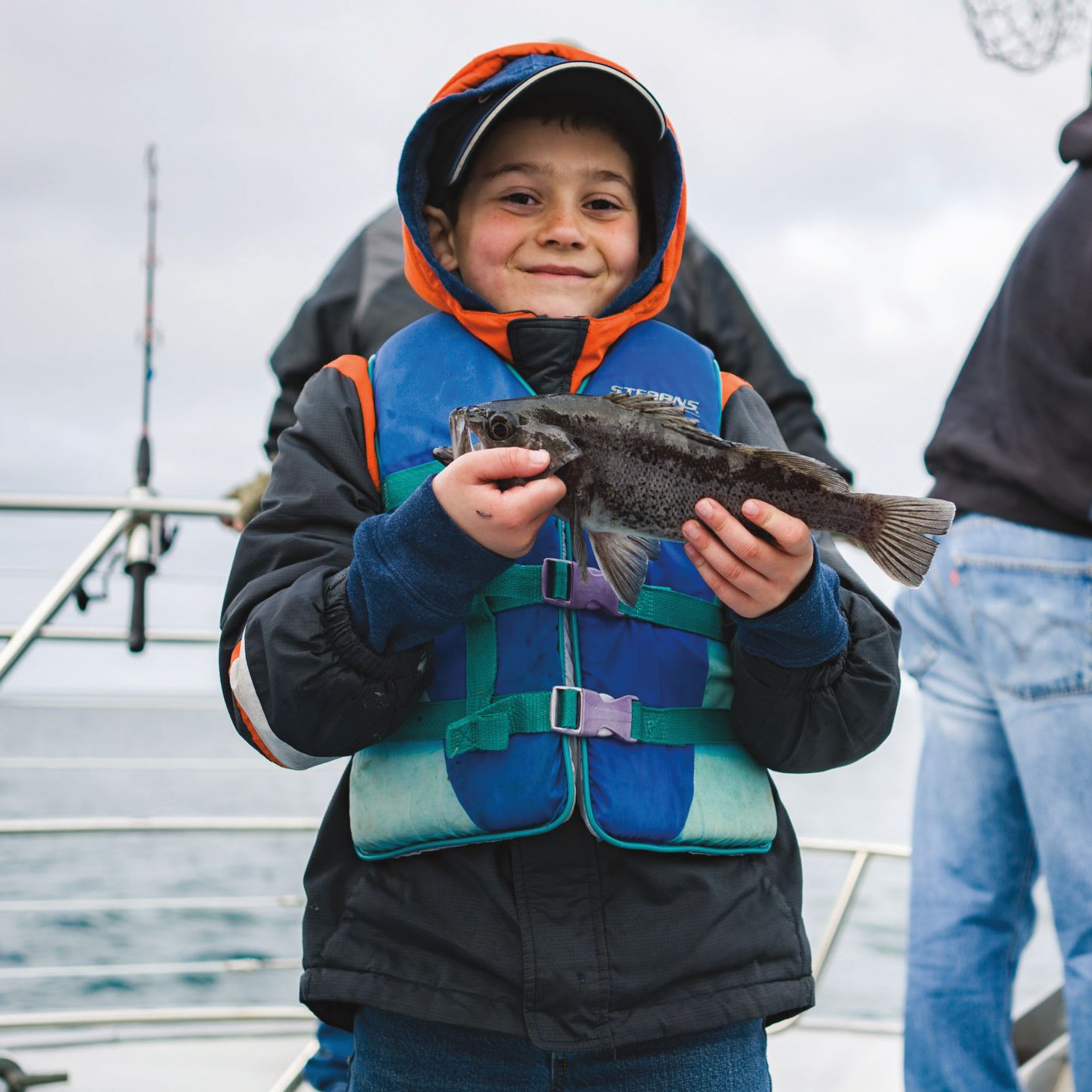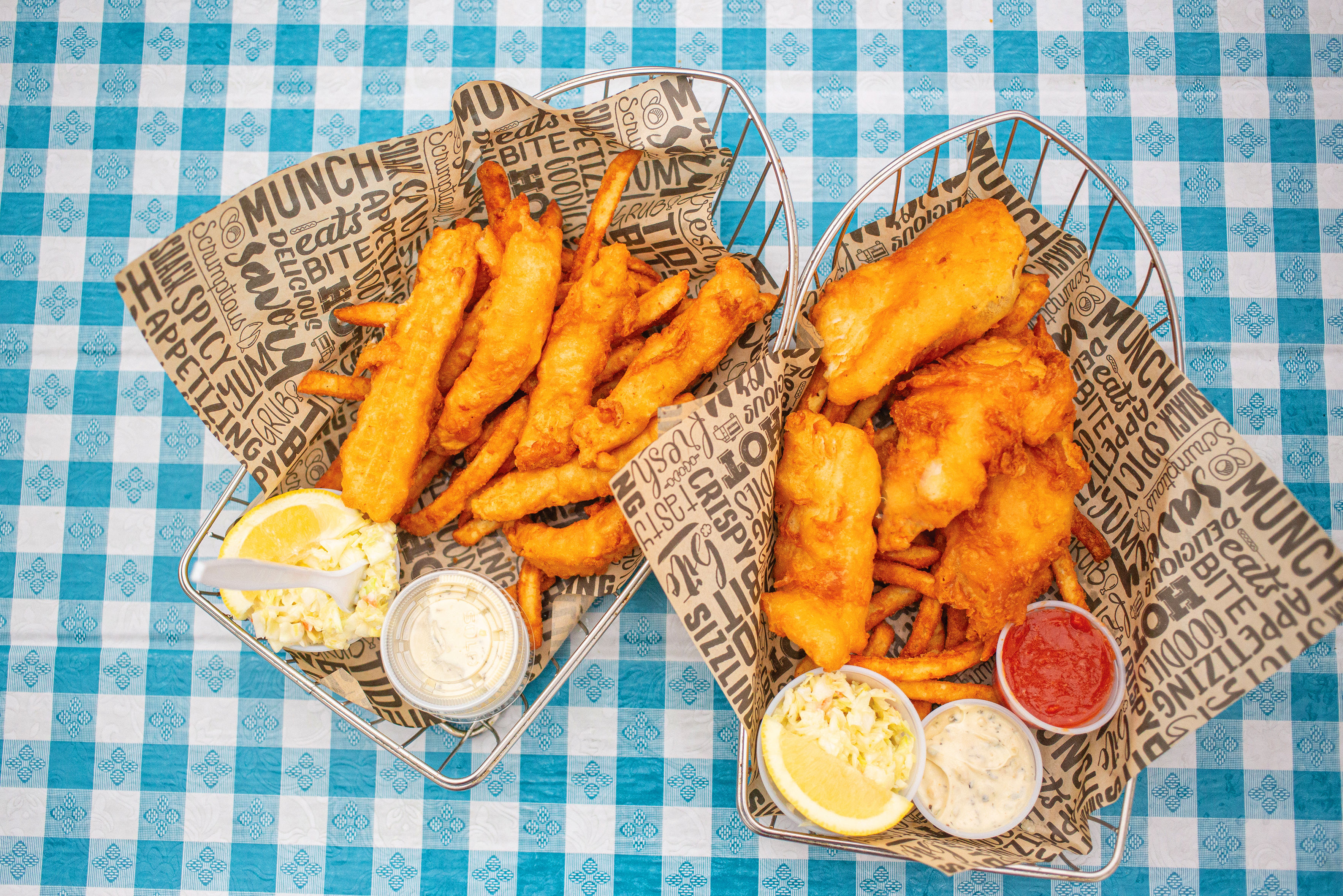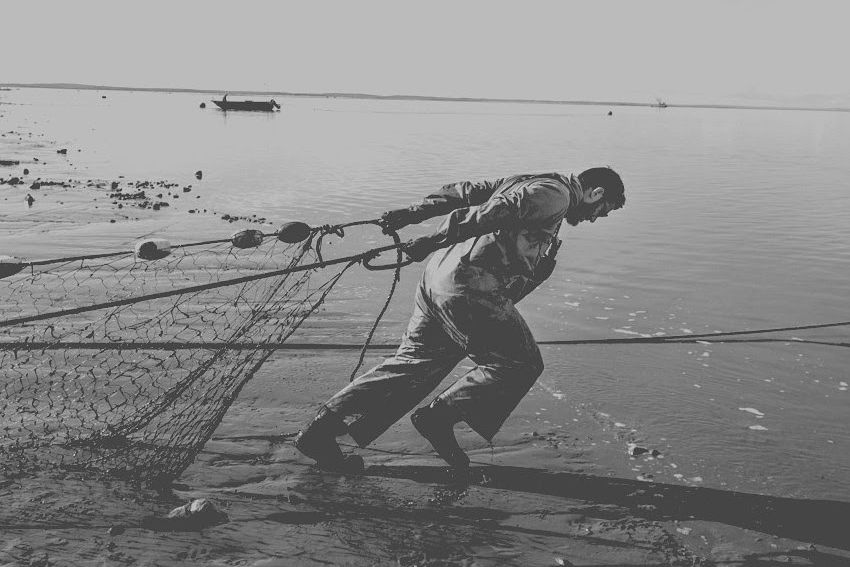
You Should Be Eating More Amazing Oregon Fish
Run your finger down a map of Oregon’s coastline and stop, just above the California border, at the state’s paunch. Here—near one of contiguous America’s most westerly settlements—some three dozen scrappy little boats do daily battle with high waves, as Port Orford’s fishing fleet aims to land a catch worth upward of $3 million a year: the town’s pride, the engine of its very existence. And yet, you’d be hard-pressed to find a Port Orford fish—or one from Coos Bay, Newport, even Astoria—on most Oregon restaurant menus.
“They go up the hill,” says Capt. Aaron Longton, gesturing north of Port Orford to the fish processing plants some 50 miles away in Charleston, “and out of the country.”
Oregon fishers hauled in 210 million pounds of seafood last year, contributing about the same amount, in dollars, to our state economy. (And that was a slow year.) We feed the world—OK, mostly Asia—a serious tonnage of pink shrimp, salmon, albacore, and crab. These are the big fish, so to speak, of our saltwater market: what processors buy, what you might see in New Seasons, marked Oregon-caught. As such, even long-time Oregonians might not know that within a few miles of shore, a potential new universe for foodies swims and clings in our state’s rich, highly regulated waters: abalone and wolf eels, quahogs and gaper clams.
The problem? Getting these items on plates in places like Portland, Bend, and Eugene. Right now, more than 80 percent of Oregon’s catch is shipped out-of-state or overseas, leading to a great industry irony: that salmon on your grill could well be caught here, flash-frozen, flown to China for processing, and reimported. We use our sardines—beloved in Portugal and many other coastal cultures—as bait fish. Our unwanted bycatch, from skate to octopus, can get ground up for dog food and agricultural feed.
“Fish is treated like a commodity; it loses its identity,” says Longton, president of Port Orford Sustainable Seafood. “It’s like clear-cutting. I don’t know any way to harvest a small amount and make it feasible.”
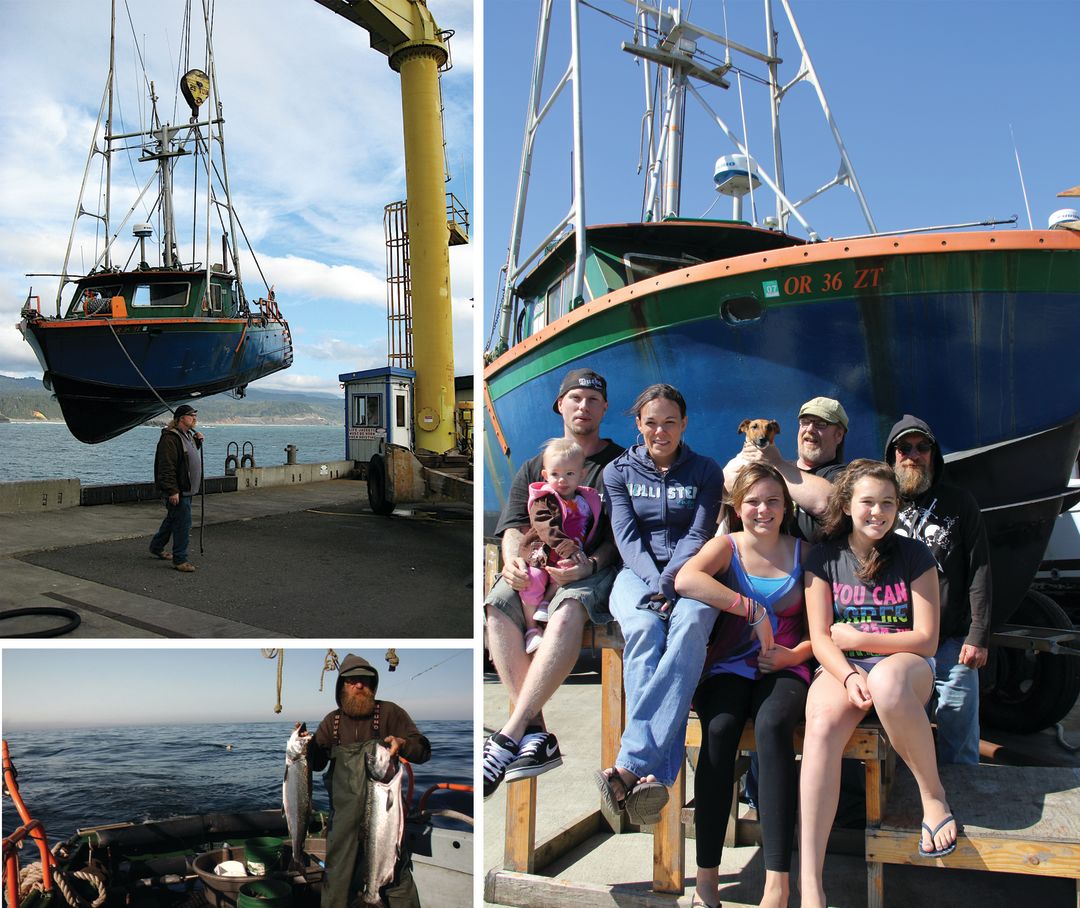
FROM LEFT, CLOCKWISE: Captain Aaron Longton's fishing vessel, the F/V Goldeneye, gets a hoist onto the West Coast's only "dolly dock" (the town of Port Orford has no harbor, so working boats are lifted in and out each day by crane); Capt. Longton's family is primarily supported by the town's catch of albacore, salmon, rockfish, and halibut; just-caught chinook salmon displayed by "old salt" deck hand Ron Dean.
Image: Aaron Longton
Not that he isn’t trying. Longton, his group, and a handful of other Oregonians are at the front of a nascent effort to buck these trends. They want Oregon seafood to stay here, be revered, and get much, much weirder. Both Port Orford and Garibaldi, farther north, have launched community-supported fisheries. (Imagine that fruit-and-veg box, filled instead with fish fillets.) Aiming for social justice, Longton says the seven-year-old company pays fishers above-commodity prices for its CSF seafood; soon other Port Orford buyers had to follow suit.
But small-scale experiments can be vulnerable in isolation, and demand from Asian markets—for our black cod, crab, sea urchins, and whiting (used to make imitation lobster)—will surely only grow in coming years. Meanwhile, the global supply chain that tugs at Port Orford, along with our other seafood-reliant coastal hamlets, currently has no viable local alternative. We don’t yet, for example, boast anything like the ocean-to-table culture of Maine, with its numerous fish markets, seafood auctions, and marine cooperatives.
To build that in-state network, Longton says, Oregon will need more than fishers looking for options. We’ll need motivated regulators and chefs, consumers willing to pay more, and middlemen ready to truck. “If you can get 5,000 people in Oregon behind something,” says Longton, “they’ll have to update the structure.”
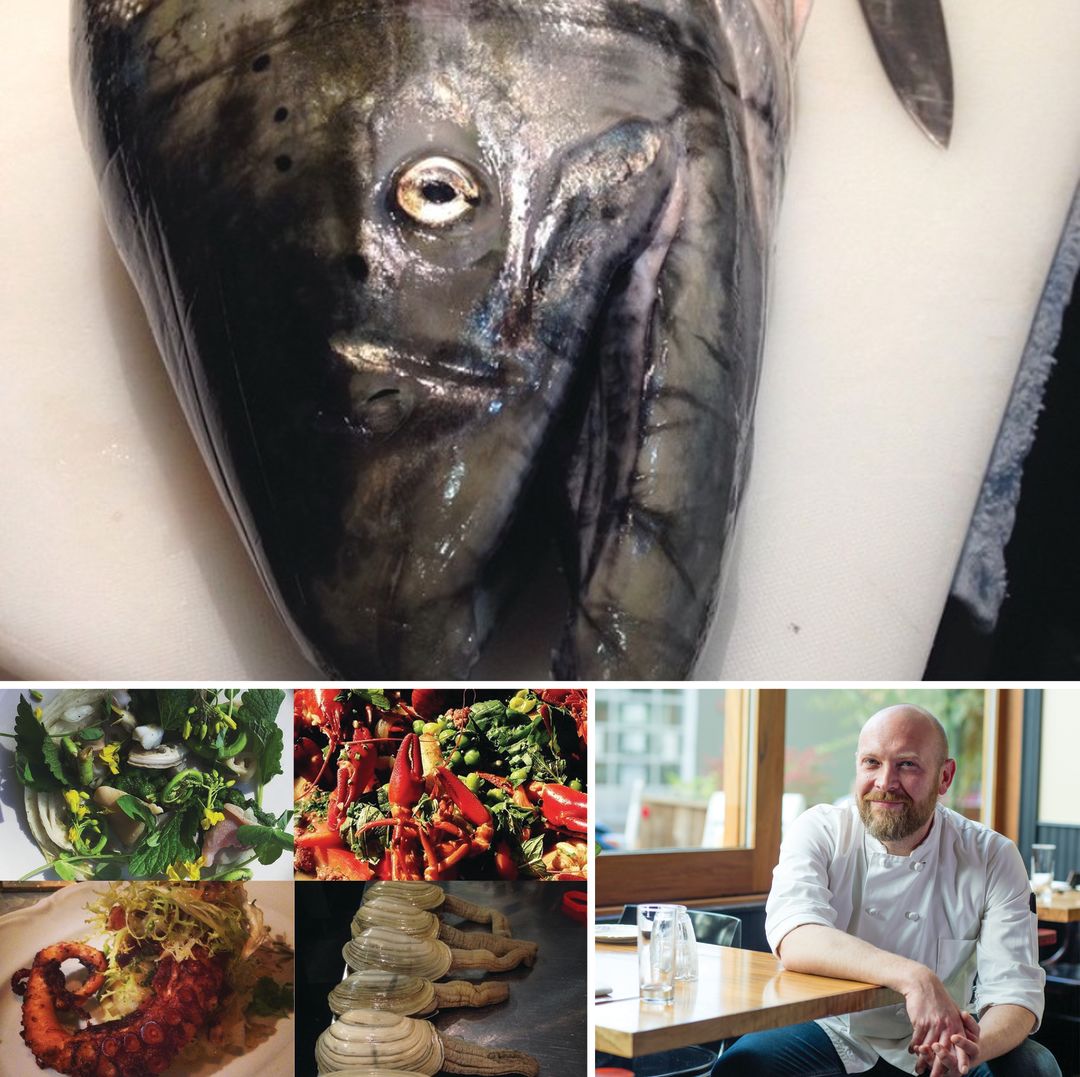
FROM TOP, CLOCKWISE: Wild line-caught spring coho; chef Aaron Barnett of St. Jack and La Moule; Puget Sound geoduck; Oregon octopus choucroute with warm bacon potato salad; Wilder-sourced cockles and butter clams with fermented cabbage and foraged and farmed greens; Timothy Lake crayfish with sausage, cognac and peas.
Image: Aaron Barnett
For a small cadre of Portland-based chefs and entrepreneurs, the seafood revolution is nigh. Local oyster bars are popping up at markets—like the Flying Fish Co counter at Providore Fine Foods on NE Sandy. Some restaurants, citing lone-wolf innovators like chef Justin Wills of Depoe Bay’s Restaurant Beck, now tout foraged sea beans and specific rockfish (Oregon has dozens of species). Others call for a new, chef-based economic bloc: enough pooled buying power to lure fishers away from global buyers. Take Aaron Barnett, chef at French bouchon St. Jack and moules-frites bar La Moule. Raised on all manner of bivalves by his Scottish-Canadian parents, Barnett opened St. Jack in 2010 and set about trying, in vain, to source the shellfish thriving mere hours away.
“There’s a bunch of weird stuff at the coast. The trick is to find it,” he says. “But right now, it’s not worth it to fishermen to drive here with a product they don’t know they can sell.”
For a while, Barnett resigned himself to ocean-farmed Pacific oysters, Idaho trout, and, if he was lucky, mussels from the “one guy” licensed to harvest them. Then, one day, a bearded surfer type calling himself “Fisherman Nate” showed up at his door—peddling, at first, just salmon and fat local trout from Sauvie Island. Before long, Fisherman Nate was delivering a range of Cascadian seafood, even cockles, which Barnett loves.
“Trash fish, skate wing, geoduck—Nate brought it in,” says Barnett. “I’d show him how to work with things like razor clams, and he’d fall in love with it.”
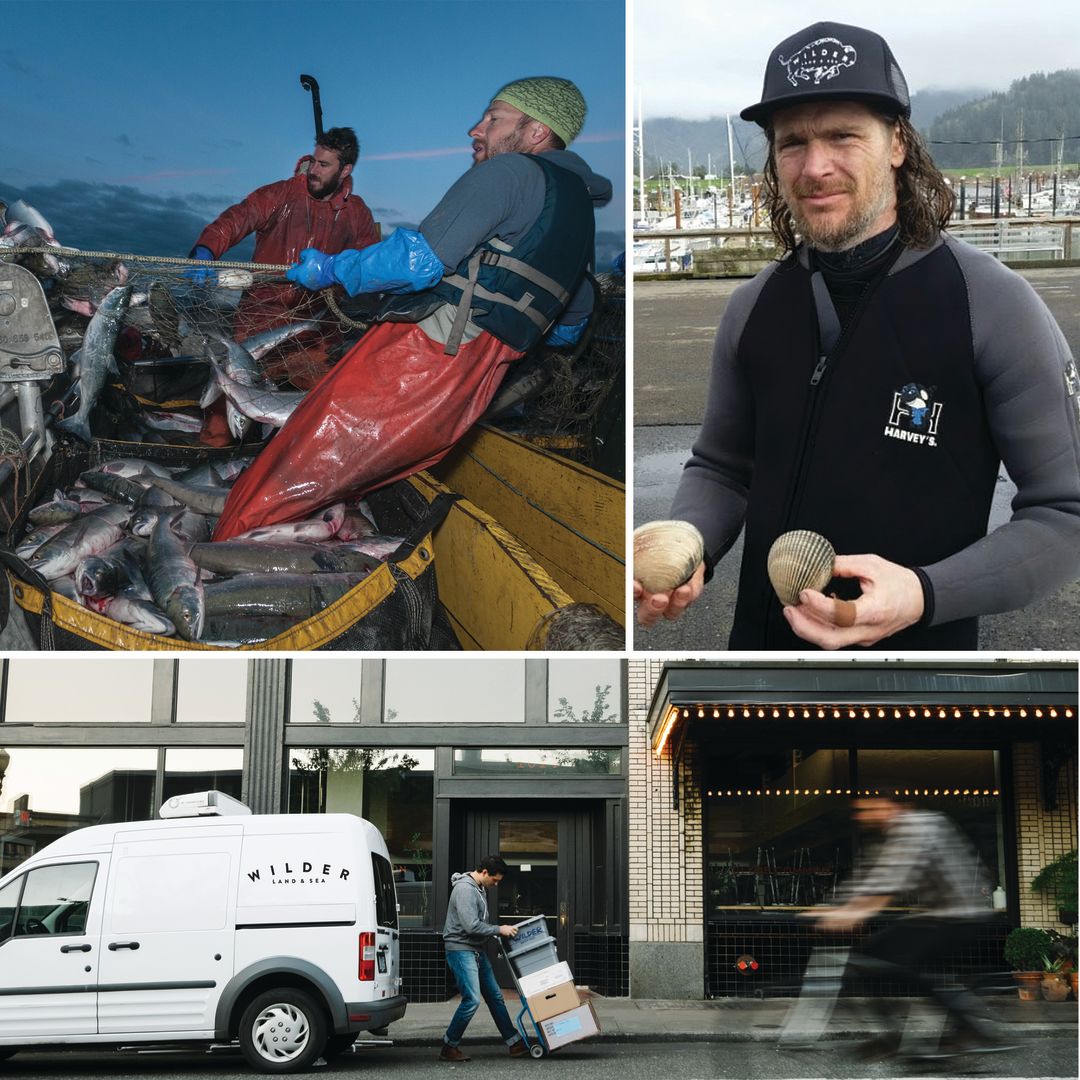
FROM UPPER LEFT, CLOCKWISE: Wilder Land & Sea's Nate Rispler, left, hauling in Alaskan salmon; Craig, Wilder's clam diving connection in Tillamook Bay, holding a butter clam and cockle; Wilder partner Kyle Swanson making a delivery at downtown Portland restaurant Clyde Common.
Image: Jeff Rotman, Nate Rispler, and We are SISU
Love, time, and energy: that’s what drove Fisherman Nate, a.k.a. Portlander Nate Rispler, in the early days of the start-up now formalized as Wilder Land & Sea. During off-season for Alaskan salmon—his meal ticket both then and now—Rispler trolled the coast, chatting up fishers and mom-and-pop processors such as Bornsteins in Astoria. When boats came in with bycatch—say squid or lingcod—Rispler took a chance and trucked it back to restaurants like St. Jack and Bridgeport Brewing.
Last year, Rispler took on a partner in former Trifecta Tavern sous-chef Kyle Swanson. The duo now supply regionally sourced seafood to more than a dozen Portland eateries. Next, they plan to expand into retail from digs at Ecotrust’s Southeast Portland microbusiness hub, the Redd.
“We’re still seeking our niche,” Rispler says. “‘Oregon-sourced,’ ‘Oregon-only’—this isn’t easy, but it is new.”
For Barnett, it’s high time our appetite for the local and seasonal extended to Oregon’s shores.
“You see how bustling the farmers markets are, but where’s the seafood?” he says. “The chefs, we want it. I’d rather get some fish I’ve never seen. There’s only so many times you can look at a piece of salmon and say, ‘What piece of creative wonderment can I do now?!’ This is the next logical step.”
Top Image: Fisherman Nate—a.k.a. Portlander Nate Rispler—hauls a net out to sea. Photo by Jeff Rotman.


